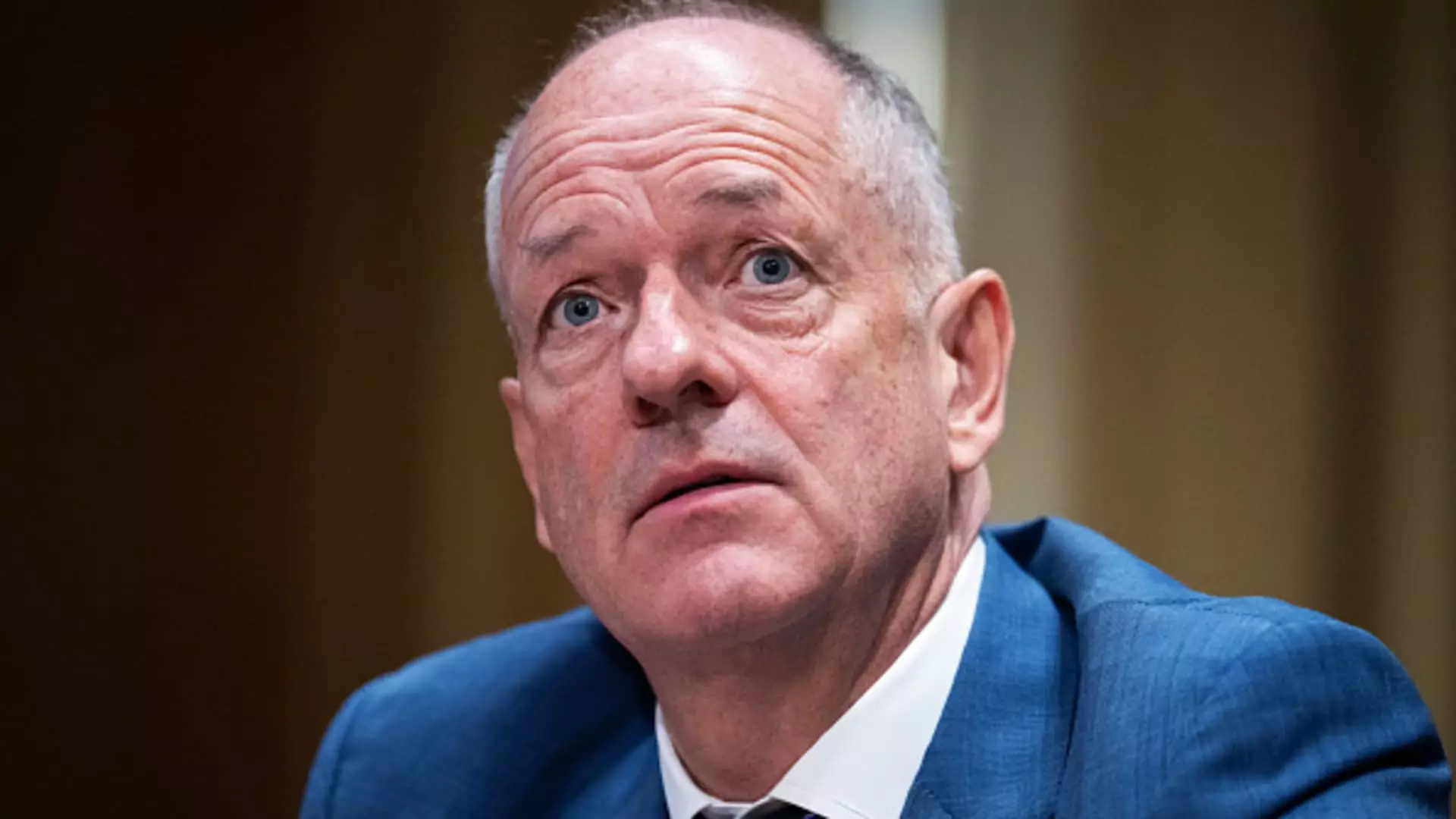Addressing Failures in the U.S. Health-Care System: A Call to Action

The recent loss of Brian Thompson, former CEO of UnitedHealthcare, has not only shocked the health-care industry but also brought urgent issues surrounding the American health-care system into focus. Andrew Witty, who currently leads UnitedHealth Group, took to the New York Times to express his sorrow and provide an unvarnished critique of the existing health-care framework. Thompson’s untimely death, particularly due to a violent act, raises profound questions about the intersection of health care, societal frustration, and overall effectiveness of the system designed to protect and serve the public.
Witty notes that the U.S. health-care system is “flawed” and points out that it is a result of years of piecemeal reforms rather than a cohesive strategy. This fragmented approach has led to myriad problems—including opacity in coverage, rising costs, and inequities in access. The public’s growing dissent is evident; many individuals feel trapped and victimized by bureaucratic practices that prioritize profit over patient care.
UnitedHealth Group, as a major player in this landscape, is aware of the urgency for reform. Witty emphasizes that their mission revolves around improving the functionality of the health-care system. However, the realistic question remains—can a system that thrives on complexity truly be simplified? With a staggering market cap nearing $475 billion, UnitedHealth finds itself in a precarious position: while it bears the scrutiny of being one of the industry’s giants, it also must innovate and partner across various sectors—including providers, employers, and even governmental bodies.
Yet, skepticism surrounding the insurance industry is rampant. They are frequently cast as the antagonists who exacerbate health-care woes, especially when patients voice their frustrations on platforms like social media. Stories of denied claims, unexplained charges, and extensive networks that frustrate access illuminate a growing resentment that could pose a significant risk to future collaboration between insurers and the public they aim to serve.
In his commentary, Witty acknowledges the burden placed on insurers to establish clarity and trust with consumers. While he highlights that coverage decisions are rooted in substantial clinical evidence aimed at optimizing health outcomes, it is clear that much work remains. The complexity of health-care policies can breed contempt and anxiety among patients who are often left puzzled by their coverage options.
As he reflects on Thompson’s contributions, Witty reinforces the idea that leaders in the industry must prioritize transparency and establish effective channels of communication. That might mean breaking down jargon-filled policies in favor of user-friendly language that allows patients to understand not only their rights but also the rationale behind various coverage decisions.
Andrew Witty’s heartfelt tribute to Thompson simultaneously serves as a rallying cry for reform. The road ahead is fraught with challenges, but it is essential that industry leaders, regulatory entities, and consumers alike collaborate towards building a more efficient and compassionate health-care system. Reform is not solely the responsibility of the insurers but a collective endeavor that necessitates engagement and commitment from each player in the health-care ecosystem.
Ultimately, the tragic loss of Brian Thompson should not serve only as a moment of mourning but as a pivotal turning point that inspires significant change toward achieving a more equitable health-care system for all Americans. Through thoughtful collaboration and genuine outreach, the hope remains that future leaders will rise to the occasion and reshape an industry currently plagued by outreach and miscommunication.





